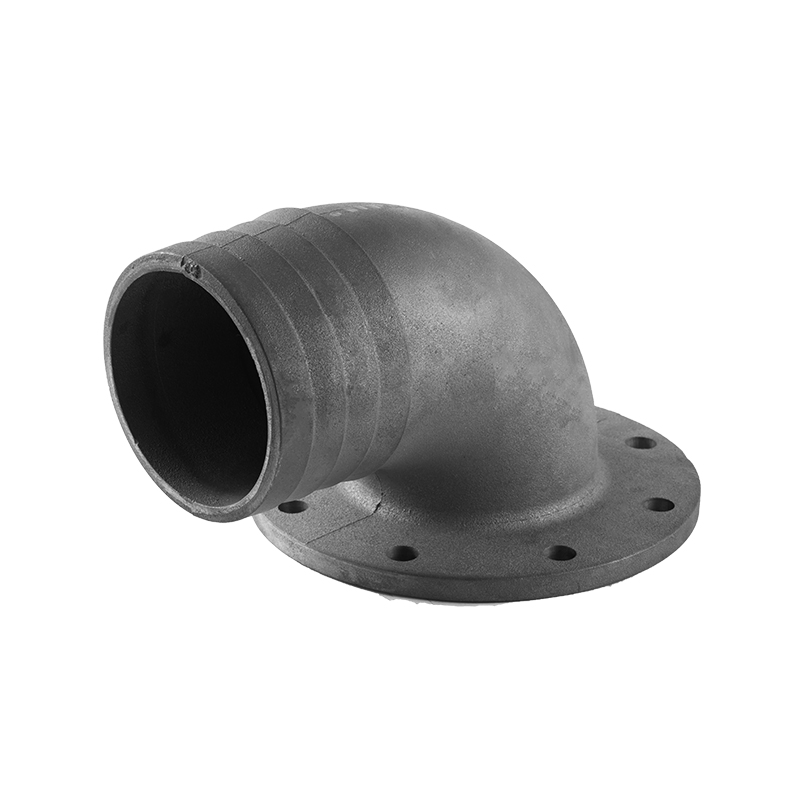Use of Valve Coated Sand Casting Molds: Precision and Durability
Industry News-Sand casting is one of the popular and traditional methods used for producing metal parts in the manufacturing industry. When paired with valve-coated sand, this technique takes on a whole new level of efficiency and precision. Valve coated sand casting molds are an advanced version of regular sand molds, where the sand is coated with a special valve coating material to enhance its strength, thermal stability, and surface finish.

Valve-coated sand molds are created by coating the sand used in traditional casting with a special heat-resistant material, typically a blend of resin, ceramic, or other specialized coatings. These coatings improve the sand's ability to withstand high temperatures, providing better support to molten metal during casting. The “valve” part refers to the capability of the coating to improve airflow through the mold, which helps in the smooth flow of molten metal, reducing the risk of air pockets and defects in the final casting.
Benefits of Valve Coated Sand Casting Molds
Enhanced Thermal Stability: The valve coating increases the sand's ability to resist thermal degradation when exposed to molten metals. This results in a more stable mold, reducing the chances of mold deformation or cracking during the casting process.
Improved Surface Finish: The coated sand ensures that the final casting has a smoother surface, which minimizes the need for extensive post-casting finishing work, saving both time and resources.
Reduced Casting Defects: The valve coating improves mold permeability, which helps to prevent issues such as air entrapment and gas porosity. This is especially crucial for casting complex or thin-walled components, which are more prone to defects.
Valve-coated sand molds are primarily used in industries that require high-quality, complex castings. They are commonly found in automotive, aerospace, and heavy machinery manufacturing, where precision and durability are paramount. These molds are especially useful for producing parts like engine blocks, gearboxes, and turbine blades that require complex geometries and surface finishes.
Metal casting has long been an essential process for manufacturing everything from small components to large machinery parts. Traditionally, casting molds were single-use, adding to the environmental impact and production costs. However, reusable metal casting molds have transformed this landscape, offering not only a more sustainable solution but also enhancing overall casting quality. The quality rate of reusable molds plays a significant role in ensuring the efficiency of the casting process and the longevity of the molds themselves.
Reusable metal casting molds are made from durable metals such as steel, aluminum, or bronze and are designed to withstand repeated use. These molds are capable of producing high-quality castings over an extended period without significant degradation. They are often used in processes like die casting, investment casting, and shell molding, where the demand for high precision and consistency is high.
Factors Affecting the Quality Rate of Reusable Molds
Material Strength and Durability: The material used in creating reusable molds is essential in determining their quality rate. Molds made from stronger metals, such as high-grade steel, offer better durability and can withstand higher pressures and temperatures without losing their shape. The stronger the material, the longer the mold will last, making it more cost-effective in the long run.
Mold Design and Engineering: The design of the mold significantly affects its ability to produce high-quality castings. Molds with engineering ensure precise alignment, uniform metal flow, and uniform cooling. Properly designed molds also minimize the risk of defects, such as cracks, voids, or warping, which can compromise the quality of the final product.
Maintenance and Inspection: The quality rate of reusable molds also depends on regular maintenance and proper inspection. Over time, repeated exposure to molten metal can cause wear and tear on the mold,a decrease in casting quality. Regular inspection and timely maintenance help to identify early signs of damage and prevent production delays or faulty castings.
 En
En
 русский
русский Español
Español عربى
عربى Deutsch
Deutsch















